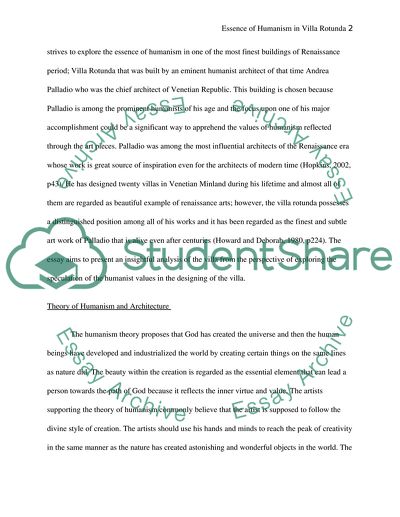Cite this document
(“The Essence of Humanism Seen Through the Villa Rotunda Essay”, n.d.)
Retrieved from https://studentshare.org/performing-arts/1555894-the-essence-of-humanism-seen-through-the-villa-rotunda
Retrieved from https://studentshare.org/performing-arts/1555894-the-essence-of-humanism-seen-through-the-villa-rotunda
(The Essence of Humanism Seen Through the Villa Rotunda Essay)
https://studentshare.org/performing-arts/1555894-the-essence-of-humanism-seen-through-the-villa-rotunda.
https://studentshare.org/performing-arts/1555894-the-essence-of-humanism-seen-through-the-villa-rotunda.
“The Essence of Humanism Seen Through the Villa Rotunda Essay”, n.d. https://studentshare.org/performing-arts/1555894-the-essence-of-humanism-seen-through-the-villa-rotunda.


